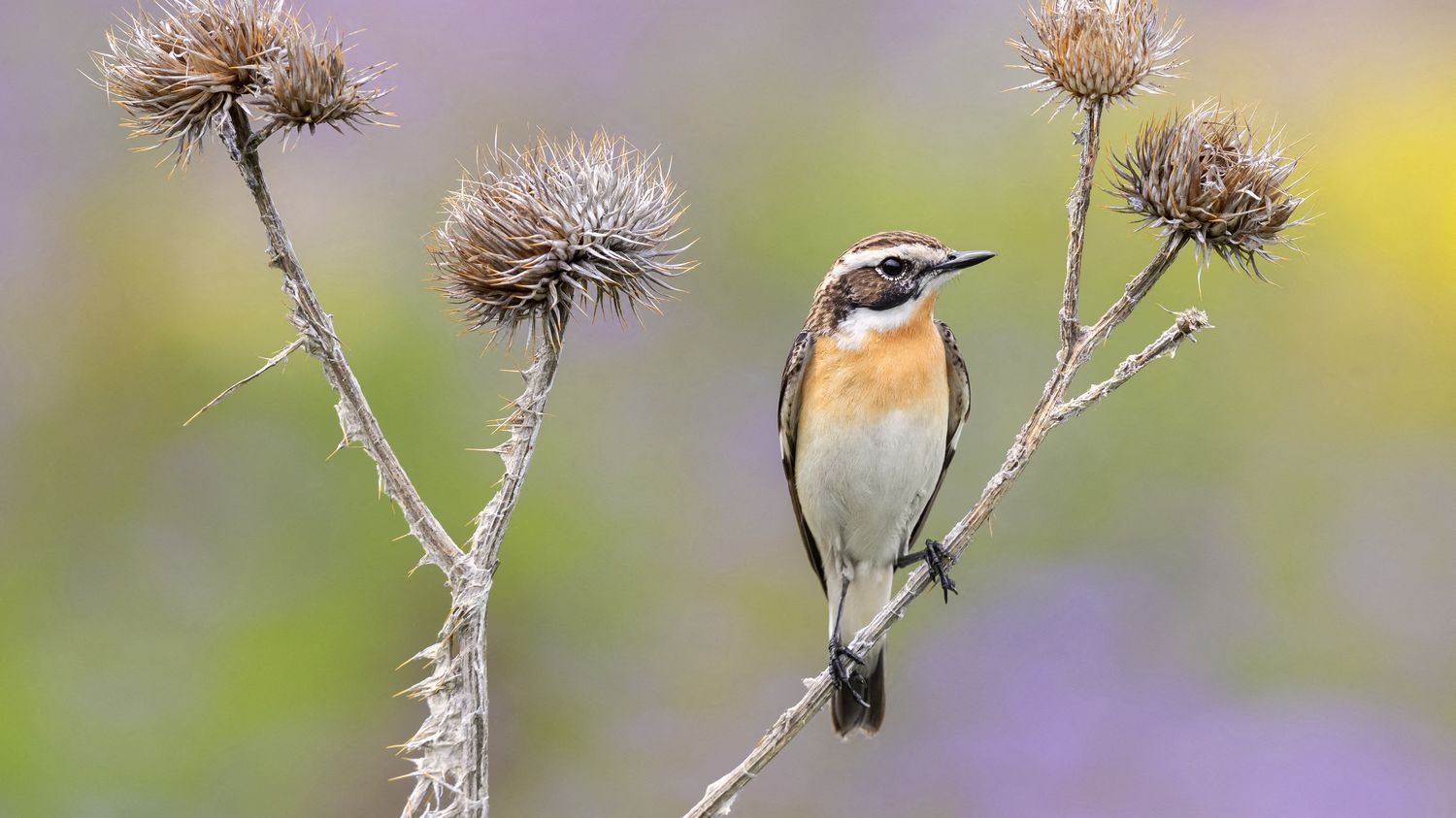Researchers from the CNRS and the University of Montpellier explain that the number of birds has notably dropped by 57% in agricultural areas. Global warming also plays a role in reducing the populations of these animals.
Article written by
Published
Update
Reading time : 1 min.

The numbers are staggering. Nearly 800 million birds have disappeared since 1980, or 20 million each year, according to a study by the National Center for Scientific Research (CNRS) and the University of Montpellier published Monday May 15 in the scientific journal Proceedings of the National Academy of Sciences (PNAS). “The number of birds has declined by 25% in 40 years on the European continent”points out a press release, and the figure even reaches “57% for agricultural birds”.
>> The article to read to understand the biodiversity crisis, which threatens the future of our societies
The main culprit for the reduction in the number of birds is “the intensification of agriculture”that’s to say “increasing the amount of fertilizers and pesticides used per hectare”. The decline is particularly strong in insectivorous bird species, in particular because of these products which disrupt the food chain. The increase in temperatures linked to global warming is also having a strong impact on bird populations, according to the researchers. The number of forest birds has also decreased by 18% and urban birds by 28%.
Nearly 75% discount for certain species
The study, carried out in collaboration with European researchers, the Institute of Evolutionary Sciences of Montpellier and the Center for Ecology and Conservation Sciences, focused on the pressures linked to human activity on bird species. Scientists worked on “the most comprehensive dataset ever assembled”says the CNRS, or “37 years of data from 20,000 ecological monitoring sites in 28 European countries, for 170 different bird species”.
In France, one of the countries where “the intensively exploited agricultural area is the highest”the number of agricultural and forest birds “decreased by 43% and 19% respectively”while “the number of birds nesting in urban areas has increased by 9%“. The CNRS warns about the fate of several species, including the tree sparrow, the meadow stonechat and the meadow pipit, whose populations have fallen by 75%. The conclusions of the study “demonstrate the urgency of rethinking the current mode of food production”concludes the press release.
